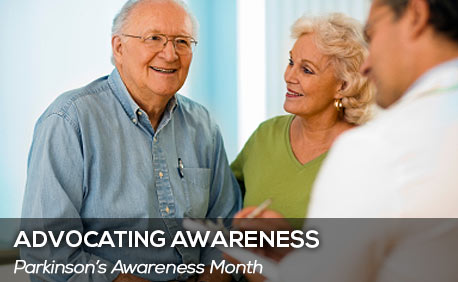If you’re like most parents nowadays, you’re looking every year for something to make your child’s birthday party special. Pin the Tail on the Donkey gave way long ago to more adventurous activities, things like the increasingly popular bounce house, set up in your own backyard by one of thousands of party rental companies. Kids think they’re loads of fun, and parents assume they’re safe . . . that is, until an accident happens and a child is injured or killed. You should be aware that injuries on inflatable amusement structures are not uncommon.
The U.S. Consumer Product Safety Commission (CPSC) estimates that more than 4,000 emergency room visits a year in the United States are linked to inflatables. Bounce houses (also known as moonbounces) cause the vast majority of injuries, but they’re not the only inflatable amusement attractions. Slides, obstacle courses, climbing walls and interactive (such as boxing or jousting) inflatables also feature in the accident statistics.
 South Carolina Lawyer Blog
South Carolina Lawyer Blog







